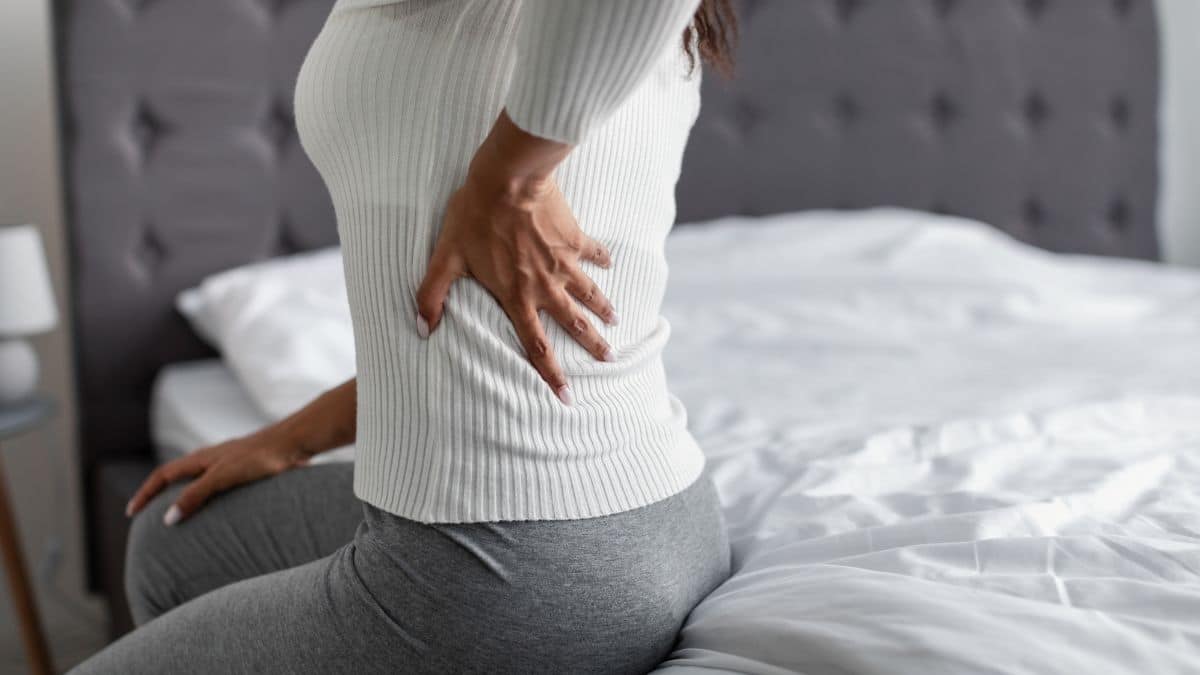What to Expect Following Spinal Cord Stimulator Implant Surgery

Undergoing spinal cord stimulator implant surgery is a significant step toward managing chronic pain. Knowing what to expect with spinal cord stimulator implant surgery post-op is crucial for a smooth recovery and effective pain management.
Initial Recovery Phase
Immediately after the procedure, you should allow your body to heal properly. For the initial few days, your movements will be restricted to prevent any disturbance to the stimulator leads. Activities such as bending, stretching, and lifting objects heavier than five pounds should be avoided. It’s common to experience some swelling at the site of the stimulator, but this should subside over time.
Activity Resumption
Can you resume physical activity after the surgery? Yes, but it must be gradual. Walking is encouraged after a few days, and slowly, you can increase your physical activities. However, for the first two weeks, avoid any strenuous activity like lifting heavy items, twisting, or bending excessively. Patients typically resume most of their normal physical activity 8 weeks after surgery, but this can vary depending on individual recovery rates and job requirements.
Incision Care
Taking care of the incision site is essential. The incision for this surgery is generally small and minimally invasive, but keeping it clean and dry is crucial to prevent infection. For the first few days, opt for sponge baths instead of showers or baths.
Follow-up Appointments
Regular follow-up appointments play a significant role in your recovery. You’ll likely have your first post-op check-up a week after the surgery to monitor the incision site and manage any pain. Subsequent appointments, including X-rays and device setting adjustments, ensure the stimulator is functioning correctly and your recovery is on track.
Understanding Your Pain Management
Are you put to sleep for spinal cord stimulator surgery? Yes, general anesthesia is typically used, ensuring you’re comfortable and pain-free during the procedure. Once you’ve recovered, it’s important to gauge the effectiveness of the nerve stimulation. A successful outcome is usually marked by at least a 50% reduction in pain.
Long-term Recovery and Physical Therapy
Continuing with a less strenuous workload is recommended for the first 6 to 9 weeks post-op. If your job involves heavy lifting or repetitive movements, you might need more time before resuming these duties. Engaging in physical therapy aids in long-term recovery, helping you regain strength and mobility.
Choosing the Right Pain Management Partner
Spinal cord stimulators in Chicago have shown great success in decreasing chronic pain, enhancing life quality, and reducing reliance on pain medications. How long recovery is after spinal cord stimulator surgery often surprises patients—with many returning to normal activities within 8 weeks. Discover lasting relief with pain management in Chicogo, your trusted expert for spinal cord stimulation in Chicago.

